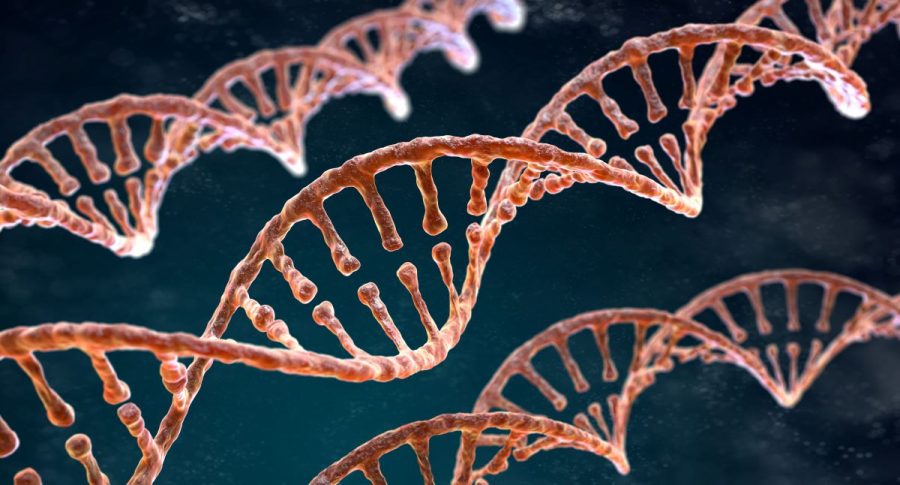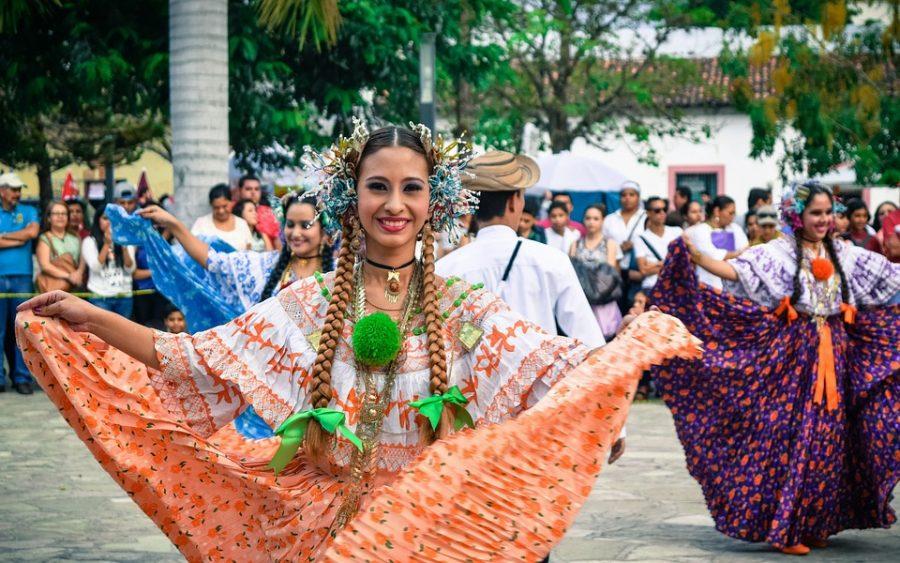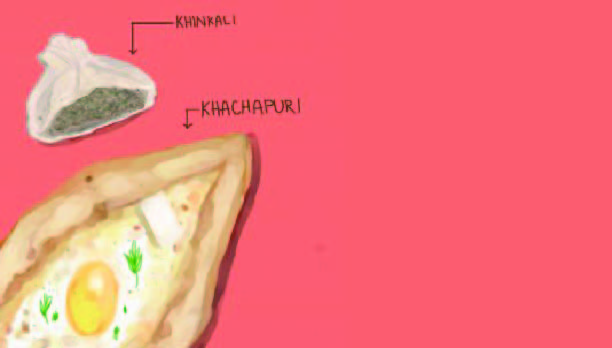Ah, thanksgiving. We American schoolchildren have learned plenty about the wonderful meal shared between a group of clueless pilgrims and the much more knowledgeable Native Americans that knew how to make the most of their land. (Hence, the native part in their name!) I recall precisely the first time I was told this common story: some oppressed white people crossed the Atlantic and, in a tragic turn of events nearly starved. A kind Native American named Squanto helped them grow corn, and the pilgrims’ corn harvests proved to be a success. As a result, a good ol’ feast took place between the pilgrims and some Natives. I’m not exactly convinced on the authenticity of the story that we heard right before our annual Thanksgiving bash, although I do have a feeling the story is as real as the ingredients in the grocery store, icing-topped sugar cookies that were passed out after.
Even so, modern-day Americans stuff their faces with an assortment of casseroles and turkey (that tastes like copy printer paper), in remembrance of this jovial occurrence. On this special edition of Tasty Travels, we will be discussing the food of Thanksgiving and its origins!
_
We should certainly be glad to live in an era where we have access to all sorts of foods that originate from all sorts of places. Unfortunately, the pilgrims, and most of the global population at that time, didn’t have the same luxury. Consequently, many of the Thanksgiving classics that Americans enjoy today wouldn’t have been on the menu.
Ever picture a pilgrim scarfing down a plate of turkey accompanied by a hearty serving of mashed potatoes? Well, I haven’t either, but the event in itself is highly unlikely. A good serving of fluffy mashed potatoes, potato casserole or French fries (if you’re a spunky non-traditionalist) would’ve had no place at the Thanksgiving dinner table. While potatoes, which are native to South America, were introduced to Europe by the Spanish in the 1500s, the potato wouldn’t have hitched a ride on the Mayflower. Aside from this, even if wild turkey was plentiful in the region, pilgrims might’ve also had duck, geese or swans as their protein. Clams, lobster and other seafoods, which aren’t considered traditional thanksgiving fare at all, might’ve made an appearance at the first Thanksgiving, because they were plentiful things
A pumpkin pie would’ve also been absent from the menu; the pilgrims lacked the equipment to bake, and after the preceding period of starvation that the pilgrims had faced in the winter, sugar wasn’t plentiful.. Fruits such as pumpkin, cranberries, raspberries and blueberries had been enjoyed by Natives, but the lack of sweetener makes it likely that any “dessert” was really just a mushy porridge sweetened with molasses.
It becomes very clear that the foo of the very first Thanksgiving wasn’t…well…appetizing. Along with the fact that many Thanksgiving classics, which started appearing after the 1700s, would not have been present, the probable lack of seasoning and spices to accentuate the flavor of the food also add to an absence of appeal. However, the not-so tasty origins of the first Thanksgiving didn’t stop it from becoming a national holiday, did they? In 1863, Abraham Lincoln proclaimed the event a national holiday, stating, “Thanksgiving and Praise to our beneficent Father who dwelleth in the heavens.” Ever since then, generations of Americans have been stuffing their faces with paper-tasting turkey covered in gravy.
LATEST NEWS
- Bruins Baseball ranks second in the state, April 20
- Stress, anxiety skyrocket as students prepare for upcoming AP tests
- RBHS holds successful night of percussion
- Not even water?
- Solar eclipse to pass through Missouri, April 8
- How CPS is organized: a guide
- City of Columbia to hold school board election April 2
- Youth Election Participants to assist in upcoming municipal election
- City of Columbia hosts first Community Engagement Session for McKinney Building, hopes to gain public insight on the structure’s future
- RBHS Track Team Opener at Battle Gallery
Tasty Travels: Thanksgiving Edition
November 21, 2017
Leave a Comment
More to Discover
@2021 - www.bearingnews.org
































































































